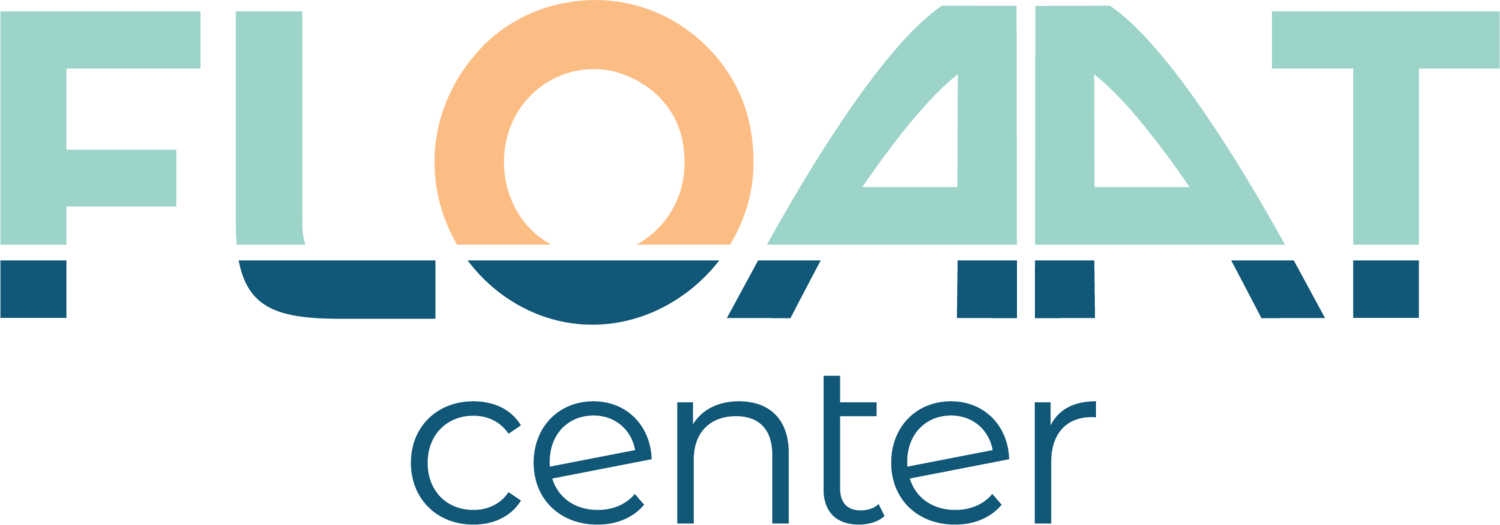Hair Pulling Disorder
Hair and skin can be an important part of one’s identity and self-expression. About 0.5 to 3 percent of people experience unwanted hair-pulling or skin-picking disorder, which can cause unwanted distress and discomfort. Both trichotillomania and excoriation disorder typically onset in childhood and if left untreated, could worsen and result in severe impairment.
How We Can Help
Habit reversal training (HRT) and behavior modification are effective in treating symptoms associated with both disorders. Hair pulling therapy and skin picking therapy are useful to relieve the physical and emotional toll these symptoms have on an individual. These strategies allow you to present yourself in a manner that’s consistent with who you are and better manage triggers associated with these conditions.
Trichotillomania Disorder
Trichotillomania, also known as hair-pulling disorder, manifests as the repeated pulling out of one’s own hair. This results in hair loss despite attempts to decrease or cease the action. The most common sites of hair-pulling occur on the scalp, eyelids, and eyebrows, but can occur in any region of the body where hair grows. This distressing disorder can result in brief hair pulling throughout the day or sessions of particularly focused hair-pulling occurring in blocks of time.
Excoriation Disorder
Excoriation Disorder, also known as skin-picking disorder, manifests as the repeated picking of one’s own skin. This results in skin lesions despite attempts to decrease or cease the action. The face, hands, and arms are the most common sites for skin-picking, though individuals often pick from multiple areas of the body. This distressing disorder can result in skin picking using fingernails, tweezers, or other objects and may also manifest through biting, rubbing, or squeezing.
